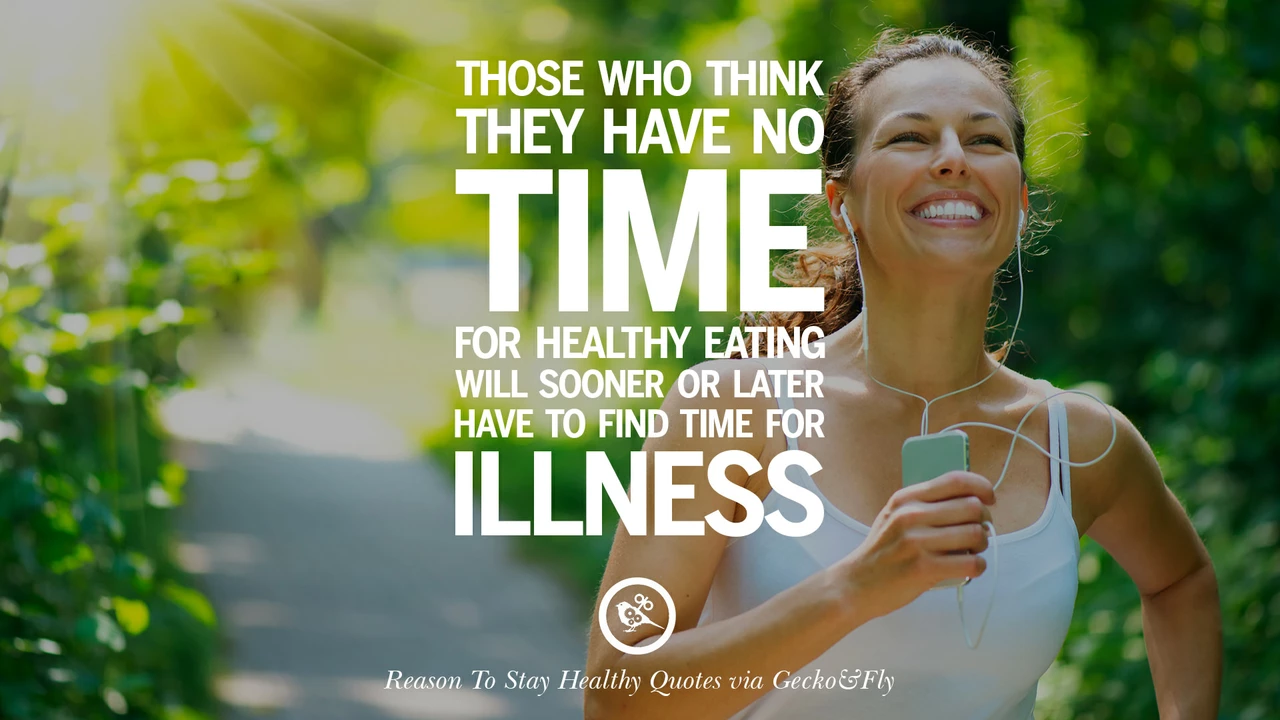Being active doesn't need to mean hours at the gym. Small, consistent choices make a big difference in energy, mood, and health. This page collects practical tips you can start using today to stay moving, even if your schedule is busy or you're dealing with aches and pains. Read what works, pick a few habits, and try them for a week.
Why it matters Movement helps your heart, bones, and brain. It lowers stress, improves sleep, and keeps joints flexible. You don't need intense workouts to get benefits. Short walks, gentle strength moves, and regular stretching add up across a day and a week.
Easy habits that actually work Make walking non negotiable. Park farther from the store, take stairs when possible, and try a 10 minute walk after meals. Set a timer every hour to stand up and move for two minutes. Those short bursts break long sitting periods and keep circulation flowing.
Add strength with light resistance. Bodyweight moves like squats, wall push ups, and chair sits take five minutes and make everyday tasks easier. Use resistance bands for simple rows or leg presses while watching TV.
Use activity as social time. Walk with a friend, join a local class, or swap chores with family members that involve moving. Social exercise is more fun and sticks longer than solo plans.
Fit activity to your pain and limits If joint pain or illness slows you, focus on low impact choices. Swimming, water walking, cycling, and seated strength work provide good benefits without harsh impact. Always start slow and listen to your body. Pain that sharpens or lasts needs a doctor check.
Build tiny routines Stack new habits onto existing routines. Do calf raises while boiling water, stretch during ad breaks, or practice deep breaths and posture checks after bathroom breaks. Tiny steps feel doable and become automatic faster than big plans.
Tracking and motivation Keep a simple log. Write minutes moved each day or mark a calendar. Celebrate small wins like five consecutive days moving or adding two extra minutes to a walk. Apps and step counters help, but a paper list works fine.
Practical gear and space tips You don't need fancy gear. A pair of supportive shoes and a clear corner for basic moves is enough. A sturdy chair, an inexpensive resistance band, and a water bottle make many workouts possible at home.
If fatigue, dizziness, or unusual shortness of breath happens during activity, stop and see a clinician. Get a green light before starting a new exercise plan if you have heart disease, recent surgery, or uncontrolled chronic illness.
Aim for 150 minutes of moderate movement each week split across days. Add two short strength sessions using bodyweight or bands. Start with what fits your life, increase slowly, and focus on consistency more than intensity.
Try one change this week and notice how you feel today.

As someone who's experienced proctitis, I know how challenging it can be to stay active and maintain a healthy lifestyle. But fear not, fellow sufferers! Through a combination of gentle exercises, proper hydration, and listening to our bodies, we can continue to stay fit and enjoy the benefits of exercise. Some of my favorite activities include yoga, swimming, and walking, as they're low-impact and easy on the joints. Remember, it's crucial to consult with your healthcare provider before starting any new exercise routine, so don't forget to get their approval first!